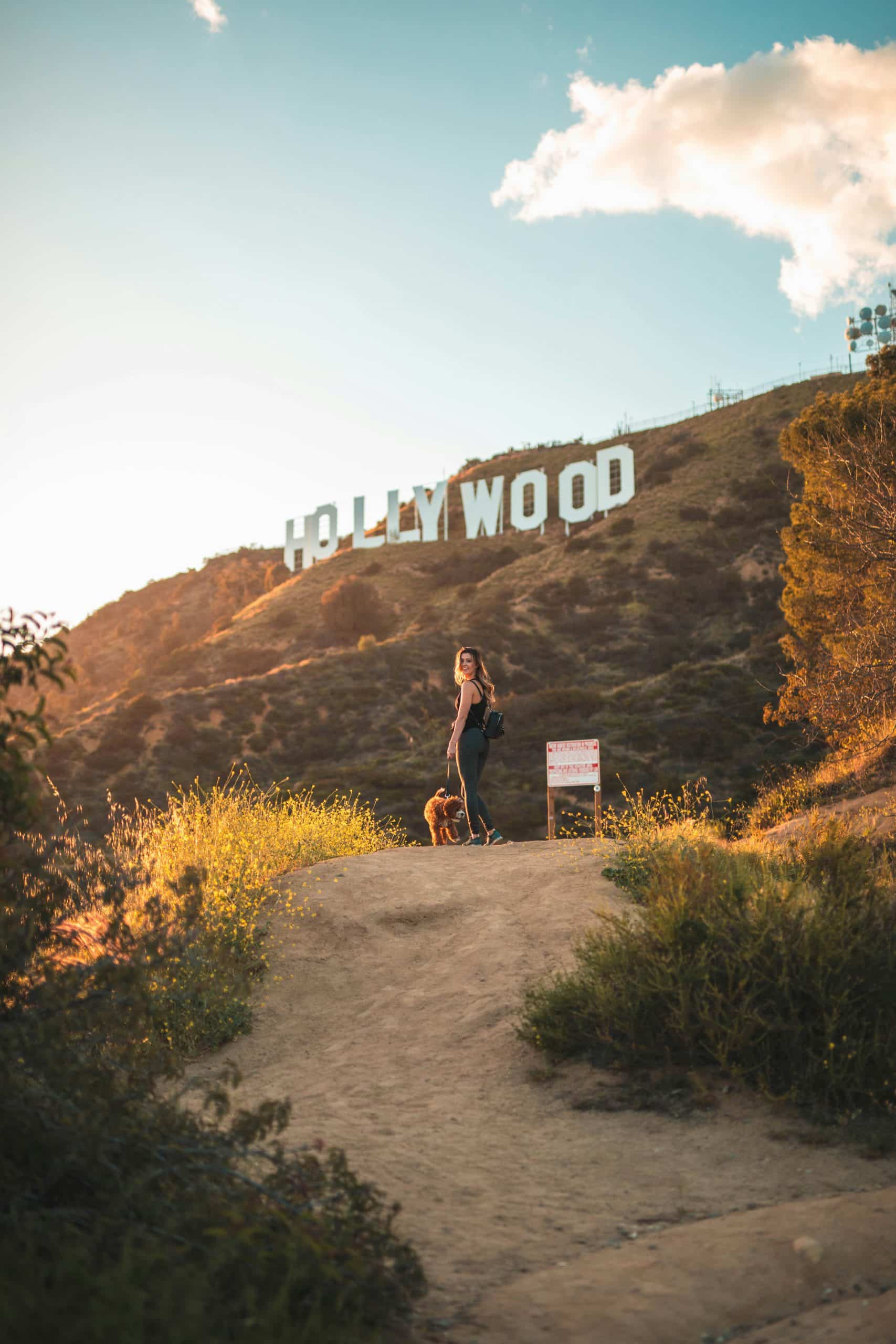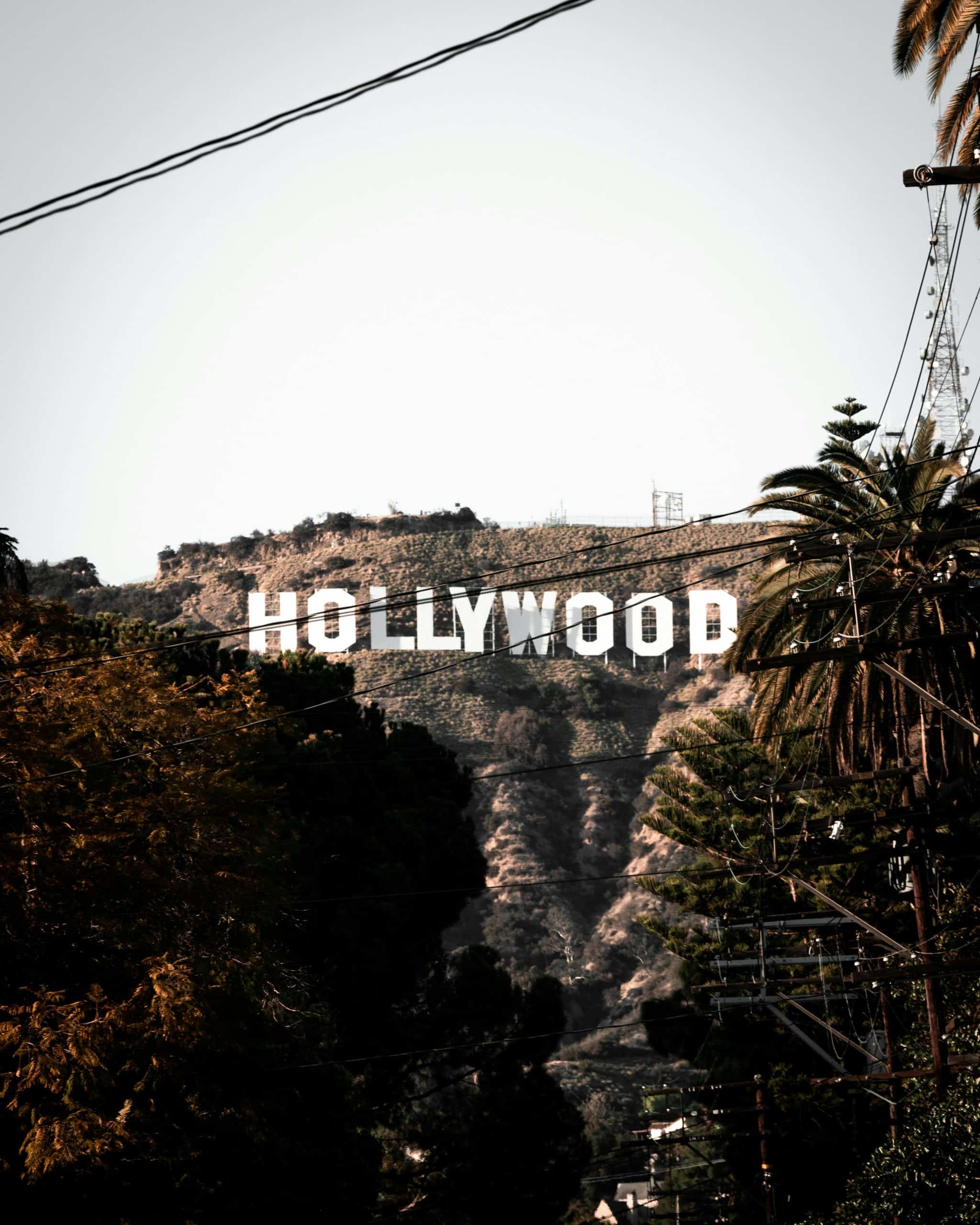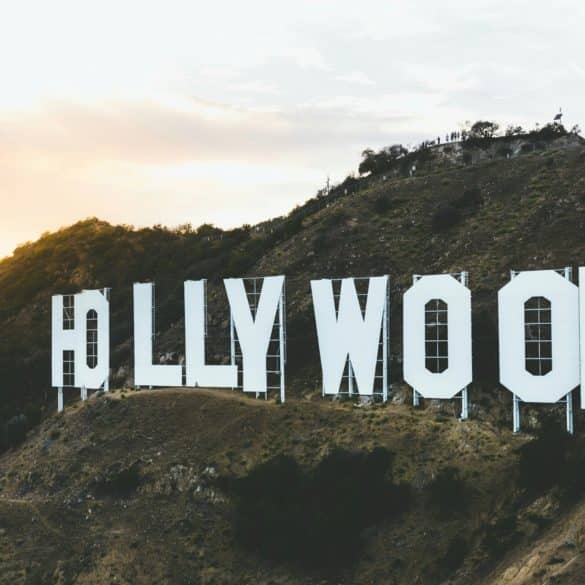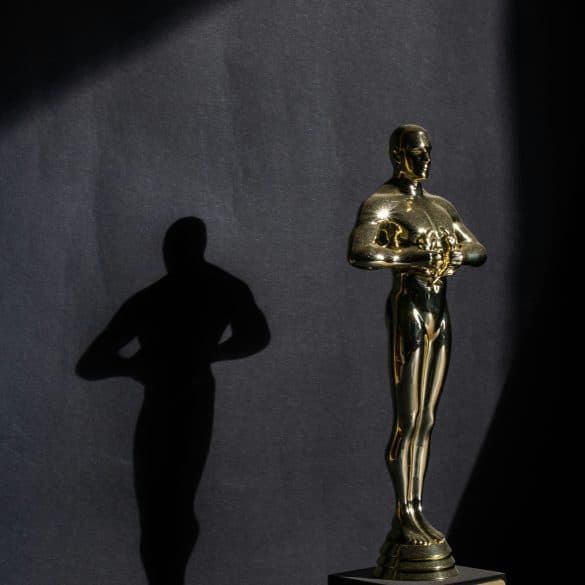From TikTok to Hollywood: How Social Media Stars Are Becoming Celebs
Remember when getting famous meant years of auditions, networking events, and hoping some Hollywood executive would notice you? Those days feel ancient now—honestly, they might as well be prehistoric. I’ve been watching this transformation unfold for nearly a decade, and it still amazes me how dramatically social media has democratized fame. Just last week, I was scrolling through my feed when I saw that Addison Rae had landed another major film role. Five years ago, she was a college student posting dance videos. Now? She’s walking red carpets and signing multi-million dollar deals. This isn’t some isolated success story—it’s become the new normal. According to recent industry analysis1, over 67% of major entertainment companies now have dedicated social media talent acquisition departments. That’s not a typo. Traditional Hollywood is actively hunting for the next generation of stars on platforms they once dismissed as “just for kids.”The Digital Revolution of Fame
The shift from traditional celebrity culture to digital stardom represents one of the most significant changes in entertainment since the advent of television. What fascinates me most isn’t just the speed of this transformation—it’s how fundamentally it’s altered what we consider “talent.” Traditional celebrity development followed predictable patterns: formal training, agency representation, industry connections, and gradual career building. Social media stars? They’re writing their own rulebooks. Take Emma Chamberlain, who started with basic YouTube vlogs and now influences fashion trends that luxury brands scramble to follow2. Her “authentic imperfection” became a brand worth millions.
“Social media has created a direct line between creators and audiences that bypasses traditional gatekeepers entirely. We’re witnessing the most democratic period in entertainment history.”
— Dr. Sarah Chen, Digital Media Researcher at Stanford University
Here’s what really gets me excited about this evolution: the barriers to entry have essentially disappeared. You don’t need expensive headshots, professional training, or industry connections anymore. You need creativity, consistency, and the ability to genuinely connect with people. That’s it.
Global Perspective: In South Korea, social media influencers are so integrated into mainstream entertainment that 43% of K-pop agencies now actively recruit from platforms like TikTok and Instagram, fundamentally changing how the industry identifies new talent3.
The numbers tell an incredible story. Platform data shows that content creators with over 100,000 followers have a 23% higher chance of receiving traditional media opportunities compared to traditionally trained actors without digital followings4. Think about that for a moment—your Instagram following now matters more than your acting resume in many casting decisions.
What struck me during a recent industry conference was how talent agents described their work differently now. Instead of “discovering” talent, they’re “identifying” creators who’ve already built audiences. The validation process has flipped completely. Social media stars arrive at Hollywood’s door with proof of concept—engaged audiences who’ll follow them anywhere.
Platform-Specific Celebrity Pipelines
Each social media platform has developed its own unique pathway to traditional celebrity status, and honestly, it’s fascinating how different these journeys can be. I’ve spent considerable time analyzing successful transitions, and the patterns are both predictable and surprising.TikTok: The Viral Velocity Engine
TikTok represents the fastest route from unknown to household name I’ve ever witnessed. The platform’s algorithm is ruthlessly efficient at identifying engaging content, sometimes catapulting creators to millions of followers within weeks. Charli D’Amelio’s rise exemplifies this perfectly—from her first viral dance video to mainstream media appearances happened in less than six months5.TikTok Success Formula
- Consistent posting schedule (minimum 3-5 videos weekly)
- Trend participation with personal twist
- Authentic personality that translates across content types
- Cross-platform promotion strategy
YouTube: The Long-Form Advantage
YouTube creators face a different challenge and opportunity. The platform rewards consistency and depth over viral moments, creating stars with more sustainable, business-minded approaches to fame. Look at someone like MrBeast—he’s built an empire that rivals traditional production companies6. The YouTube-to-Hollywood pipeline tends to favor creators who’ve demonstrated business acumen alongside entertainment value. They arrive in traditional media with established brands, proven audience engagement, and often, existing revenue streams. This makes them incredibly attractive to studios looking for built-in marketing advantages.| Platform | Average Time to 1M Followers | Hollywood Transition Rate | Primary Advantage |
|---|---|---|---|
| TikTok | 6-12 months | 34% | Viral potential |
| YouTube | 2-4 years | 28% | Business development |
| 18-24 months | 22% | Brand partnerships | |
| 3-5 years | 15% | Thought leadership |
Instagram: The Visual Lifestyle Brand
Instagram has produced a different type of celebrity—one focused on lifestyle, fashion, and visual storytelling. These creators often transition into traditional media through brand partnerships and reality television rather than scripted content. The Kardashians pioneered this approach, but now we’re seeing it scaled across millions of smaller creators. What impresses me about successful Instagram-to-Hollywood transitions is how these creators maintain their authentic voice while adapting to new formats. They understand that their audience follows them for their personality, not necessarily their acting ability—and they leverage that authenticity strategically. I’ve noticed that the most successful transitions happen when creators don’t abandon their digital roots entirely. They use traditional media appearances to drive audiences back to their social platforms, creating a symbiotic relationship between old and new media that benefits everyone involved.
Success Stories and Case Studies
The transformation stories I’ve witnessed over the past few years read like modern fairy tales, except they’re completely real and happening at unprecedented scale. Let me walk you through some of the most compelling examples that illustrate just how dramatically the entertainment landscape has shifted.Liza Koshy: From Vine to Mainstream Television
Liza Koshy’s journey represents one of the most successful social media to traditional media transitions I’ve tracked. Starting with six-second Vine videos, she built a massive following through relatable humor and genuine personality. When Vine shut down, she didn’t disappear—she evolved7. What I find remarkable about Koshy’s approach is how she maintained her authentic voice while adapting to different formats. Her YouTube channel became a testing ground for longer-form content, which eventually led to hosting gigs on major television networks. She’s now hosted award shows, starred in original series, and even ventured into late-night television.
“I never set out to become a ‘traditional’ celebrity. I just wanted to make people laugh. Social media gave me the platform to do that on my own terms, and everything else followed naturally.”
— Liza Koshy, Content Creator and Television Host
The numbers behind her success are staggering. Her combined social media following exceeds 25 million people, and her traditional media appearances consistently outperform industry averages in younger demographics8. She’s effectively become a bridge between digital and traditional entertainment.
Noah Centineo: TikTok Fame to Netflix Star
Noah Centineo’s story fascinated me because it demonstrates how social media can resurrect and amplify existing talent. He wasn’t completely unknown before TikTok—he’d done some acting work—but his social media presence transformed him into a bona fide heartthrob and leading man. His approach was brilliant in its simplicity: he used TikTok to showcase his personality beyond his acting roles. Audiences fell in love with his authentic, goofy charm, which translated perfectly when Netflix cast him in “To All the Boys I’ve Loved Before.” The film’s success was partly attributed to his existing social media following9.Bretman Rock: Beauty Influencer to Reality Star
Bretman Rock’s evolution from beauty tutorials to mainstream reality television shows how niche social media fame can expand into broader entertainment opportunities. His journey particularly interests me because he’s maintained his authentic voice while crossing multiple entertainment formats. Starting with makeup tutorials and comedic content, Rock built a devoted following who appreciated his humor, authenticity, and unapologetic personality. His transition to reality television felt natural because his social media content already functioned like a reality show—just in shorter formats.Common Success Patterns
- Authentic personality that translates across platforms
- Consistent content creation demonstrating work ethic
- Audience engagement indicating genuine connection
- Professional team support for transition management
- Strategic platform diversification
The Darker Side: Failures and Cautionary Tales
Not every social media star successfully transitions to traditional celebrity status, and I think it’s important to acknowledge why some attempts fail. The most common mistake I’ve observed is creators who try to completely reinvent themselves for traditional media, abandoning the authentic personality that made them famous in the first place.Mobile-Optimized Success Metrics
Industry Transformation
The entertainment industry’s adaptation to social media celebrity culture represents one of the most significant shifts I’ve witnessed in modern media. Traditional studios, networks, and production companies have had to completely reimagine their talent acquisition, development, and marketing strategies. It’s been fascinating—and sometimes chaotic—to watch unfold.Studio Strategy Evolution
Major studios now employ social media analysts whose job is to identify trending creators before they become household names. This approach is remarkably different from traditional talent scouting, where agents and casting directors relied on industry connections and formal training programs. Netflix has become particularly aggressive in this space, signing exclusive deals with social media stars and giving them creative control over projects. Their strategy recognizes that these creators come with built-in audiences and authentic marketing advantages that traditional actors often lack11.
“We’re not just casting actors anymore—we’re casting communities. When we work with social media stars, we’re accessing their entire ecosystem of fans, creators, and cultural influence.”
— Marcus Rodriguez, VP of Digital Talent at Universal Studios
The financial implications are staggering. Projects featuring social media stars as leads show 34% higher engagement rates across all promotional materials and 28% better performance in key demographic segments12. These aren’t marginal improvements—they’re game-changing advantages.
Marketing Revolution
Traditional celebrity marketing relied heavily on publicists, press tours, and media appearances. Social media stars arrive with their own direct marketing channels and the ability to create authentic promotional content that feels organic rather than manufactured. I’ve watched campaigns where social media stars generated more buzz for their projects through a single TikTok video than traditional marketing campaigns achieved with million-dollar budgets. Their audiences trust their recommendations in ways that traditional celebrity endorsements rarely match.Challenges and Future Outlook
The Authenticity Dilemma
One of the biggest challenges I’ve observed is maintaining authenticity while transitioning to traditional media. Social media stars build their followings on genuine, unfiltered personality, but traditional entertainment often requires more polished, scripted approaches. The creators who navigate this successfully treat authenticity as a strategic advantage rather than something to be managed or hidden. They find ways to bring their genuine personality to traditional formats while adapting to new creative requirements.Future Predictions
- Increased integration between social platforms and traditional media
- More creator-owned production companies and distribution deals
- Virtual and augmented reality creating new celebrity categories
- AI-assisted content creation blurring lines between human and digital stars
Long-term Sustainability
The question that keeps me up at night is whether social media fame can sustain traditional entertainment careers long-term. We’re still in the early stages of this transition, and many social media stars are just beginning their traditional media journeys. What I find encouraging is how the most successful creators are building diversified careers that span multiple platforms and formats. They’re not abandoning their social media roots—they’re using them as foundations for broader entertainment empires. Looking ahead, I believe we’re witnessing the emergence of a new entertainment ecosystem where social media and traditional media exist symbiotically rather than competitively. The creators who thrive in this environment will be those who understand both worlds and can navigate between them authentically. The transformation is far from complete, but the direction is clear: social media has fundamentally democratized fame and created new pathways to traditional celebrity status. For aspiring entertainers, this represents unprecedented opportunity. For established entertainment industry professionals, it represents an evolution that demands adaptation and innovation. As I watch this transformation continue, I’m excited to see how the next generation of creators will push these boundaries even further. The intersection of social media and traditional entertainment is producing some of the most creative, engaging, and authentic content I’ve ever experienced.References



